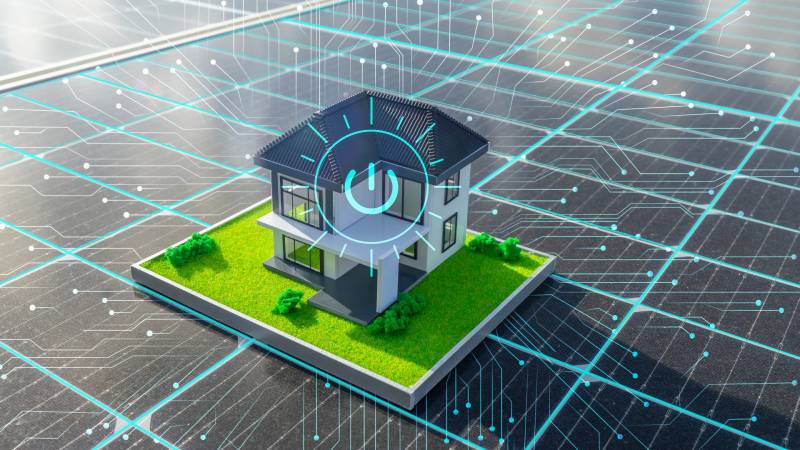Homes in California produce about 8 percent of the state’s total greenhouse gas emissions. As the Golden State looks to significantly cut down emissions, one strategy is to electrify homes by, for example, replacing a gas stove with an electric one or installing a heat pump instead of gas-powered cooling and heating systems. Congress recently approved funding for tax rebates to encourage more people to recharge their dwellings. These electrification strategies could also have a major impact nationwide given that homes produce 20 percent of total U.S. greenhouse gas emissions. For our next installment of Climate Fix, Forum’s monthly collaboration with KQED’s Science team, we’ll talk about electrification as a growing strategy for addressing climate change.
Climate Fix: How Electrification Can Cut Your Home’s Greenhouse Gas Emissions

We’ll talk about electrification as a growing strategy for addressing climate change. (Krongkaew via Getty Images)
Guests:
Laura Klivans, climate reporter, KQED
Sam Calisch, chief scientist, Channing Street Copper - a Berkeley-based company that makes induction stoves. He is also a founding staffer and advisor to Rewiring America and is known as Mr. Heat Pump, a persona who educates people about heat pumps
Mark Hall, CEO and founder, Revalue.io - a company that helps homeowners transition to clean energy sources for their homes
Alejandra Mejia Cunningham, senior building decarbonization advocate, Natural Resources Defense Council
Sponsored